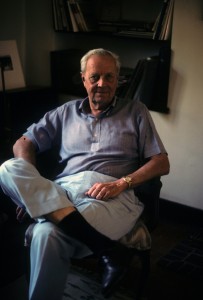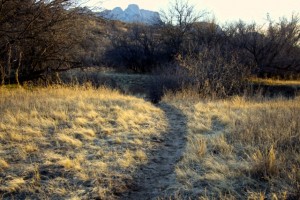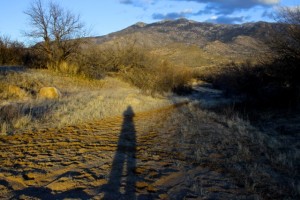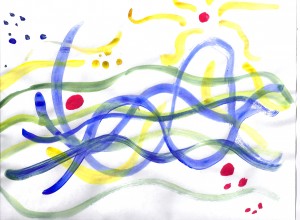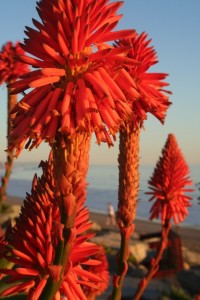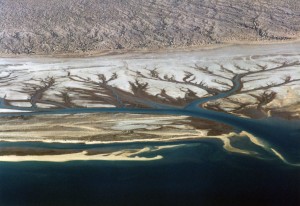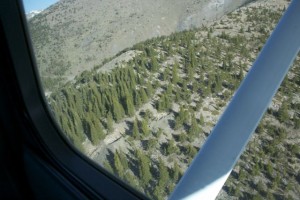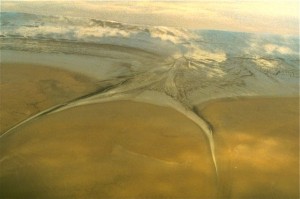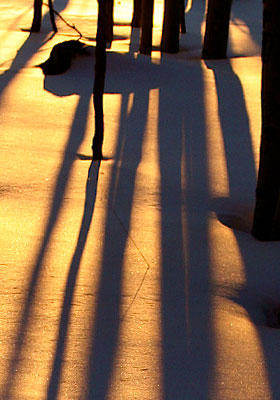When I was about 30, I entered therapy, thinking that what I wanted was a better marriage, but unconsciously beginning a long journey into becoming more of my real self. I wanted wholeness, the real meaning of the word “healing.”
During that same period, I bought my first 35mm camera and began taking pictures of my two adorable daughters. And then, photographing in a much more serious way. A symbolic way.
One of my photos was of a cutting from a houseplant The photo was of slender roots emerging into the water contained in a Mason jar.
I made a print of my photo and gave it to my therapist, explaining that it was a self-portrait. I was like that cutting now—severed from my past and growing my own tentative versions of new roots. When I finished therapy years later, I gave my therapist a tree! I had grown, and now identified as not just the tree, but also a bird whose nest was in the tree. I could fly and also had a safe home. (And, I later wrote Flying Lessons!)
All of this was expressed best by my creative self, who also took up the guitar, filled numerous journals with bad poetry, and played the piano and sang sad old standards. She (that creative self) had come out of the closet, and the observer in me wondered why the explosion of self-expression.
Along with that creativity came a flood of sexuality (I’ve always been a late bloomer) and a deep dive into spirituality. I began to ask myself, “Do creativity, sexuality and spirituality all emerge from the same wellspring?” And, “What is their connection to my healing journey?”
I’ve had plenty of opportunities to pursue those questions as a writer, photographer and two-time breast cancer survivor. And, I’ve watched many clients now over the years. And here’s what I think:
1. Creativity, sexuality and spirituality are all forms of the Life Force, and so they do all emerge from a deep wellspring within us, and within the Universe as a whole.
2. Healing happens from a deeper place than the mind, which understands little of the Creation and its miracles.
3. When we begin to heal, Life Force is released, and we can’t help wanting to express the joys and sorrows we experience when that happens.
4. When we express ourselves in any creative form, the life force has a place to be seen, appreciated and anchored in our system.
5. And so, creativity begets more healing. It’s a positive cycle
So here’s the takeaway for you:
1. What form of creativity is YOU, right now? Remember, it doesn’t have to be art. Cooking, gardening, decorating, creating something beautiful…these are creative acts.
2. What does it feel like in your body when the life force is moving through you? Call on that feeling and trust that it is healing you in every way.
3. What if you trusted that just giving yourself time to create might heal all that does not feel well or whole or right within you?
Even if you’re in a period of your life where you feel cut off from your self or your past, you may be growing the roots of a great tree. See if you can trust the life force within you to show you the way.

